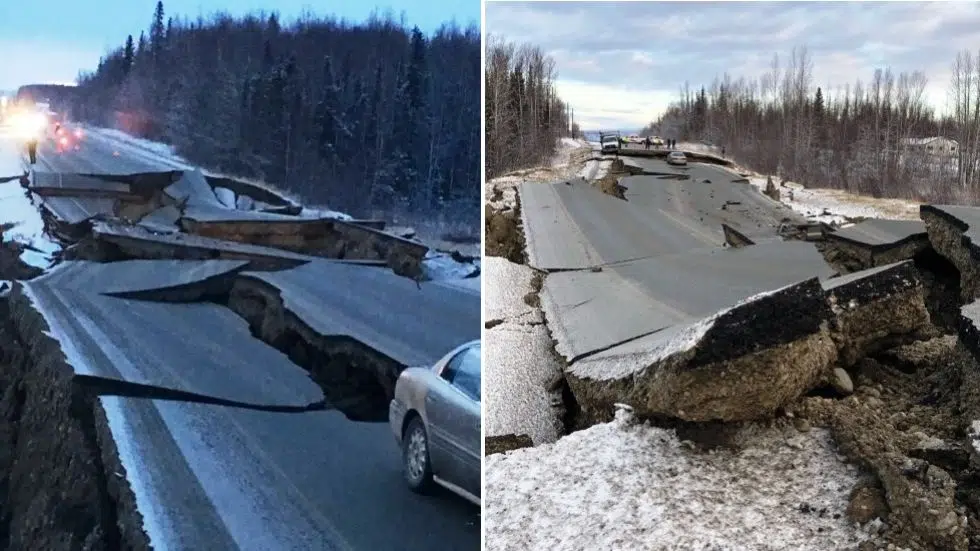
Red Deer hockey player calls Alaska earthquake an ‘eye-opening experience’
RED DEER — A college hockey player from Red Deer says he was left shaken, but not stirred after experiencing his first earthquake.
Trey deGraaf is in his second year playing NCAA hockey with the Alaska Anchorage Seawolves.
He was in a restaurant Friday morning with a couple of teammates when Anchorage was hit by back-to-back earthquakes measuring 7.0 and 5.7.
It was quiet one minute before the 22-year-old says “things got crazy.”


